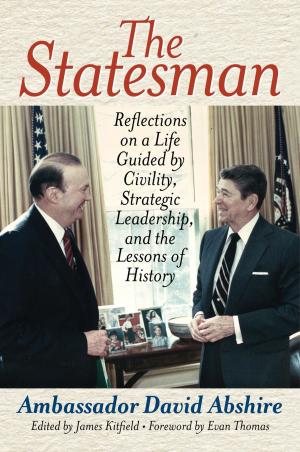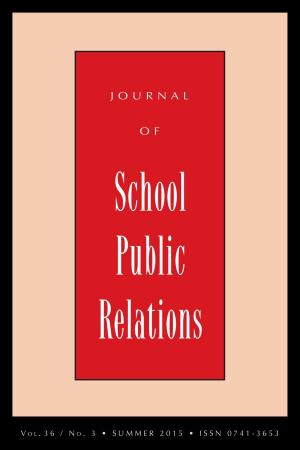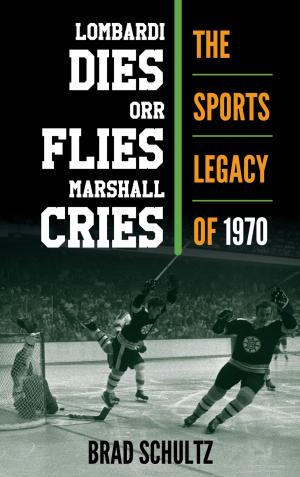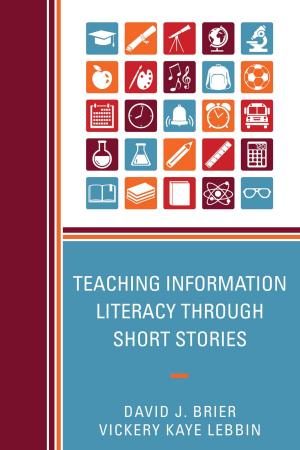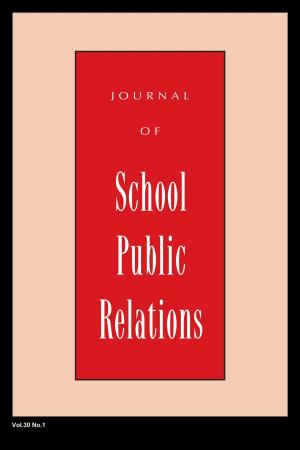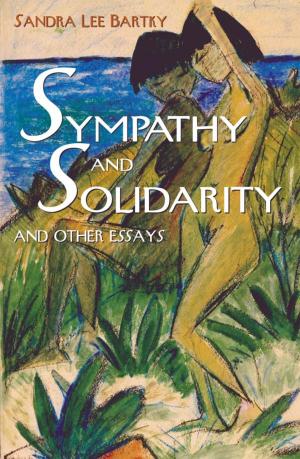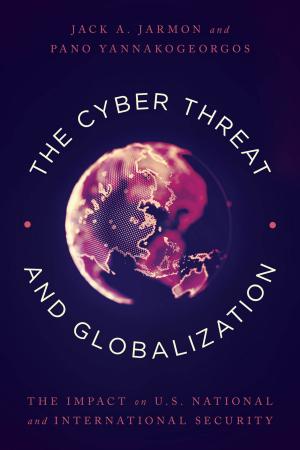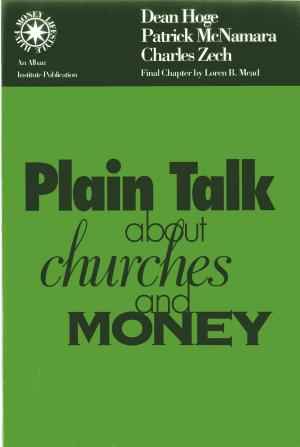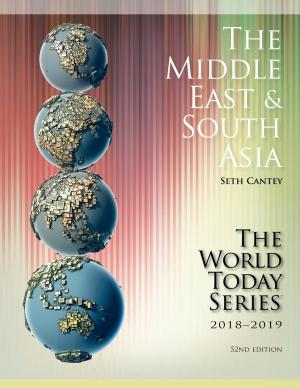Dust
The Inside Story of its Role in the September 11th Aftermath
Nonfiction, Health & Well Being, Health, Ailments & Diseases, Respiratory, History, Modern, 20th Century, Americas, United States| Author: | Paul J. Lioy | ISBN: | 9781442201507 |
| Publisher: | Rowman & Littlefield Publishers | Publication: | February 16, 2009 |
| Imprint: | Rowman & Littlefield Publishers | Language: | English |
| Author: | Paul J. Lioy |
| ISBN: | 9781442201507 |
| Publisher: | Rowman & Littlefield Publishers |
| Publication: | February 16, 2009 |
| Imprint: | Rowman & Littlefield Publishers |
| Language: | English |
One of the first scientists to take samples from Ground Zero after the destruction of the Twin Towers, Lioy shares his personal and professional perspectives on the World Trade Center dust. What was in the material that rained down after the disintegration of these buildings? Why did officials wrongly choose to focus on the release of asbestos? How did the size of the dust particles influence the development of the World Trade Center Cough among rescue workers and other New Yorkers? When were respirators used on site and what changes should be made to respirator design now? Dust answers these, and many other, questions about the environmental effects, public policy initiatives, health outcomes and scientific findings that played a critical role in the aftermath of September 11th. Beyond providing insightful analysis of what happened then, this book details the significant steps we need to take in order to better prepare for future catastrophes.
One of the first scientists to take samples from Ground Zero after the destruction of the Twin Towers, Lioy shares his personal and professional perspectives on the World Trade Center dust. What was in the material that rained down after the disintegration of these buildings? Why did officials wrongly choose to focus on the release of asbestos? How did the size of the dust particles influence the development of the World Trade Center Cough among rescue workers and other New Yorkers? When were respirators used on site and what changes should be made to respirator design now? Dust answers these, and many other, questions about the environmental effects, public policy initiatives, health outcomes and scientific findings that played a critical role in the aftermath of September 11th. Beyond providing insightful analysis of what happened then, this book details the significant steps we need to take in order to better prepare for future catastrophes.

